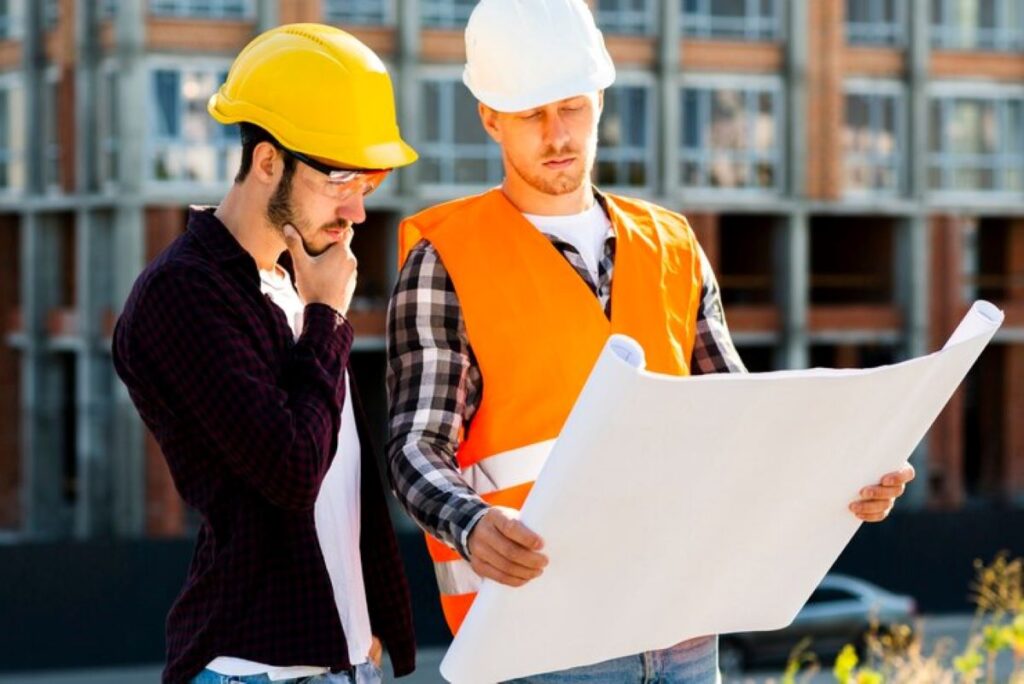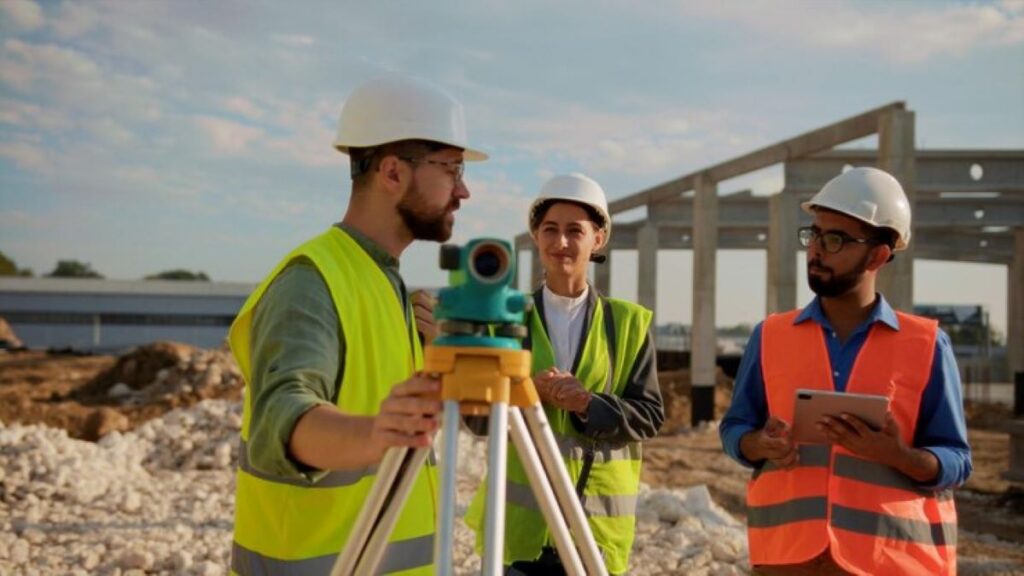What Is a Cadastral Survey and Why Is It Important?
A cadastral survey is a crucial part of modern property management and land administration systems. This specialised type of land surveying accurately determines and records property boundaries, establishing the precise dimensions, area, and location of land parcels. The main purpose of cadastral surveys goes beyond just marking boundaries. These surveys create detailed records that serve as legal documentation of property ownership, which are essential in: Property owners and developers need to understand cadastral survey because these documents provide critical legal protection and enable informed decision-making. A proper cadastral survey helps: The information from these surveys becomes part of the official land registration system, creating a reliable foundation for property rights and land management in both urban and rural areas. Understanding Cadastral Surveying Cadastral surveying is a specific area of expertise within the larger field of land surveying. Its main focus is on determining and recording property boundaries. Unlike other types of surveys, such as topographic surveys that map out natural features or engineering surveys used for construction projects, cadastral surveying has its own unique purpose. The Origin and Meaning of “Cadastral” The word “cadastral” comes from the Latin term “capitastrum,” which originally referred to a register of property taxes. A “cadastre” is an official public record or map that provides detailed information about: This organised documentation of land ownership has been in practice since ancient times. It played a vital role in various areas such as: Key Components of Cadastral Surveying A cadastral survey involves several important aspects: Legal Research This involves studying legal documents related to the property, such as titles and historical survey records. It also includes examining past transactions involving the property and understanding any easements or encumbrances that may affect it. Field Work Fieldwork is an essential part of cadastral surveying. Surveyors go out into the field to locate existing boundary markers, measure the dimensions of the property, verify physical features like fences or walls, and document any encroachments (when someone unlawfully intrudes upon another person’s property). Technical Documentation After completing the fieldwork, surveyors create detailed plans based on their measurements and observations. They record boundary coordinates using precise instruments, prepare legal descriptions that define the property’s boundaries in words, and develop cadastral maps that visually represent these boundaries. The practice requires extensive knowledge of: Cadastral surveyors must maintain precise accuracy standards, as their work directly impacts property rights and legal boundaries. This responsibility necessitates the use of sophisticated equipment and adherence to strict professional protocols to ensure the reliability of boundary determinations. The Process of Conducting a Cadastral Survey A cadastral survey involves a systematic approach to boundary determination through precise measurements and comprehensive documentation. Licensed cadastral surveyors follow strict protocols to ensure accuracy and legal compliance throughout the process. Role of Cadastral Surveyors Licensed cadastral surveyors serve as authoritative experts in boundary determination, bringing technical expertise and legal knowledge to each project. Their primary responsibilities include: The survey process begins with thorough research of legal documents, including: Field measurements require advanced technical equipment and methodologies: Licensed surveyors must adhere to strict professional standards and regulations set by governing bodies. This compliance ensures the legal validity of their work and protects property owners’ interests. The complexity of modern property developments necessitates collaboration with various specialists: A comprehensive cadastral survey includes: The integration of traditional surveying methods with modern technology enables surveyors to: Licensed surveyors maintain professional indemnity insurance and undergo regular training to stay current with industry standards and technological advancements. This commitment ensures the delivery of high-quality, legally compliant survey services that meet modern property development requirements. Tools and Evidence Used in Cadastral Surveys Cadastral surveyors use various tools and types of evidence to determine property boundaries accurately. They primarily rely on physical boundary markers as reference points: The process of identifying these markers involves using advanced equipment: In cases where original boundary markers are damaged or missing, surveyors must turn to secondary evidence sources. This may include examining historical aerial photographs or referring to old fence lines and walls. Witness statements from long-term residents, previous survey records and field notes, as well as title documents and historical maps also provide valuable information. Surveyors face the challenge of analysing multiple evidence sources when dealing with missing or damaged monuments. They must assess the reliability of each piece of evidence by considering factors such as: Modern cadastral surveys combine traditional methods of marking boundaries with digital technology to ensure accuracy and create permanent records for future reference. For instance, the use of ground-penetrating radar has revolutionized the way surveyors locate buried markers. This technology, along with GPS systems and total stations, allows for precise measurements that were previously unattainable. Moreover, when faced with challenges such as missing boundary markers, surveyors often rely on secondary evidence sources like historical aerial photographs or previous survey records. These documents not only provide crucial information about property boundaries but also offer insights into historical land use patterns. The importance of these secondary sources is highlighted in a recent study published on ScienceDirect which discusses their role in cadastral surveys here. In addition, it’s essential for surveyors to maintain a comprehensive record of their findings. This is where digital mapping software plays a vital role in data processing and creating permanent records for future reference. The combination of traditional methods and modern technology ensures that cadastral surveys are not only accurate but also efficient. Ultimately, the goal of cadastral surveys is to provide clear and accurate property boundaries which can then be used for various purposes including legal disputes, property sales, and urban planning. The tools and techniques employed by cadastral surveyors play a crucial role in achieving this goal. Importance of Cadastral Surveys in Property Management Cadastral surveys are crucial in modern property management. They help keep precise land records and make property transactions easier. These surveys provide detailed documentation of property boundaries, which is essential during: Supporting Land Development and Infrastructure Projects The accuracy of cadastral surveys allows property developers to: These surveys also provide important information
What Is a Cadastral Survey and Why Is It Important? Read More »


